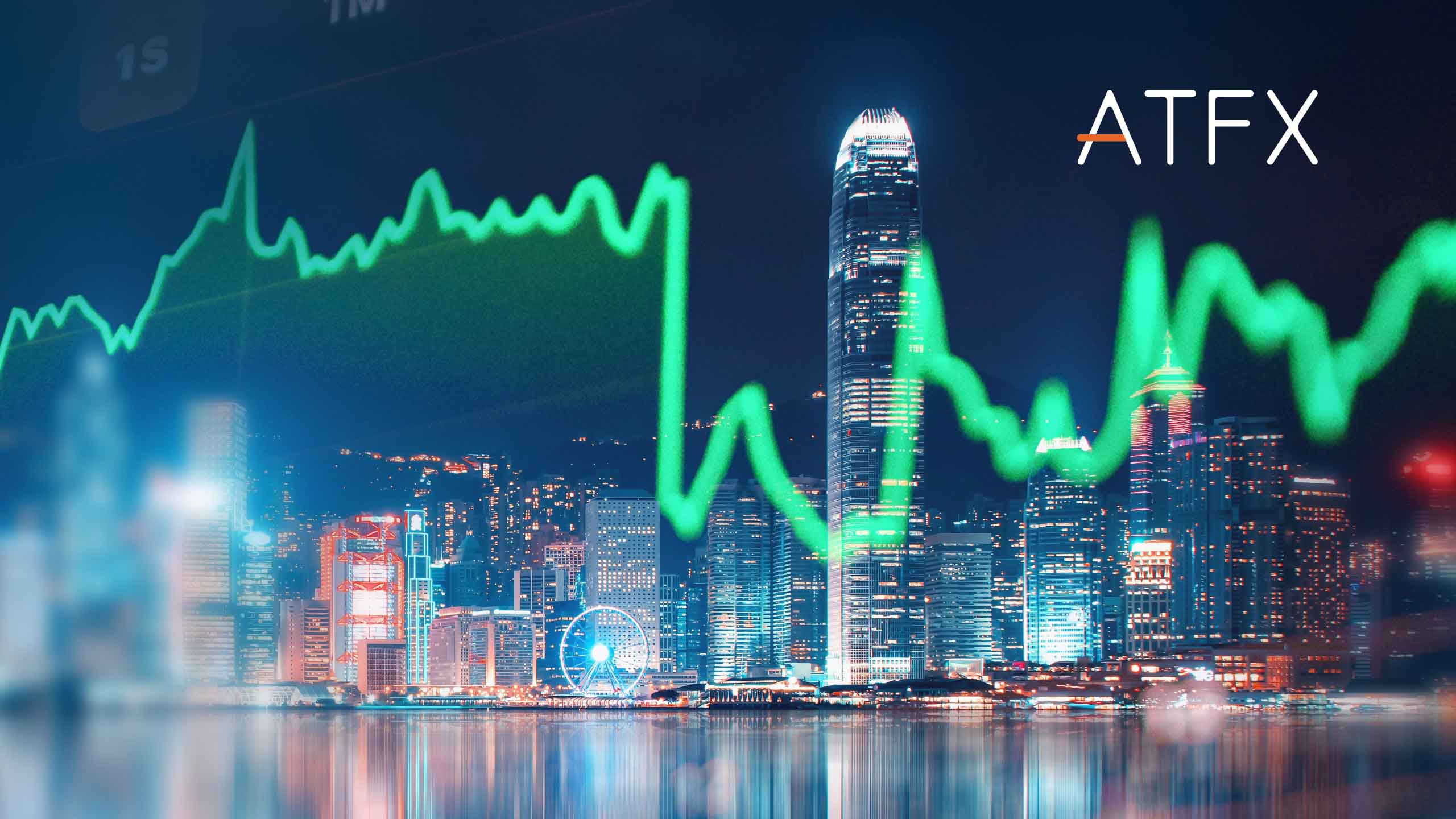A surge in support for populist parties in Europe led to a slump in the EURUSD.

EURUSD – Daily Chart
EURUSD was hit hard by the election results, and we noted resistance last week. Stronger NFPs led to a sell-off, and the election drove the euro to test 1.0735. Weakness may persist until elections are confirmed.
The biggest shock in the European political sphere was a significant loss for French President Emmanuel Macron. Macron called a snap election in a big political gamble that could cost him his seat at the top table of Europe. Further results saw the Belgian Prime Minister step down while populist parties rose in the Netherlands and Germany.
In previous elections, these parties supported leaving the European Union or its single currency. However, their stance now appears to be controlling it further from within.
According to public broadcaster RAI, Giorgia Meloni’s far-right party also won most Italian votes.
The euro had been gaining in recent sessions as expectations for a US interest rate cut grew. But traders’ indecision is now back on their minds after the latest election results, leading to confusion over the coming weeks and months.
Chancellor Olaf Scholz said that the European election result was bad for Germany’s government coalition parties on Monday.
Mr Scholz’s SDP party came third behind the Christian Democratic Union and the far-right Afd.
“No one is well advised to simply go back to business as usual,” said Mr Scholz, adding that the gains for far-right parties could destabilise the region.
“We have to worry about that. You can never get used to it, and it always has to be the task to push them back again,” he said.
This week, we will have important data for the EURUSD. Inflation will be released on Wednesday evening HKT, and the Fed will make an interest rate decision and hold a press conference in the early hours of Thursday. This week, the currency pair could have further volatility as large traders readjust previous expectations.
Analysts expect inflation to remain at the same level of 3.4%, and the Fed’s press conference comments will be more influential than the rate decision.


